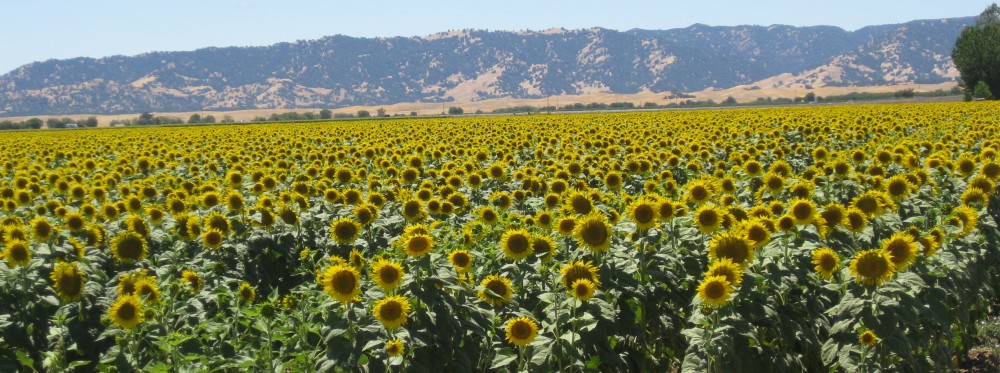Check out this article in the Berkeley Science Review, called Flight of the Sunflower Bee, that I wrote about my research on sunflower pollination by native bees. I dyed bees with fluorescent powder to track their movements throughout fields to see if habitat enhancements on field margins enhances crop seed set. If you’ve ever wondered about my work, or what a day in the life of a field entomologist is like, then take a look.
Monthly Archives: April 2013
How quickly things change . . .
24 of those beautiful (and expensive traps) we set out last night were vandalized today. It’s so sad to have so much work get trashed. I’m not quite sure the course forward, and this will make field work a lot more challenging this year. Hopefully we’ll figure out who did this and why, but if not, here is a plea (which I’m sure all field ecologists share): please leave research materials in the field be- sometimes they are part of super cool, important projects!
start of the 2013 field season
I’ve just begun my last year of fieldwork as a graduate student! This will be the 2nd or 3rd year of data collection for some studies, but my 5th year working in Yolo County examining the effects on-farm habitat enhancement that target native bee populations have in increasing crop pollination. But until the sunflower blooms in late June, I’ll be continuing to look at whether hedgerows increase the incidence of native bee nesting.
Tonight we set out emergence traps, which are designed to capture bees in their nests. We place them at dusk in order to ensure bees have returned to their nests. Sunset is, however, the best time of day in agricultural areas- the heat subsides and the sky fills with color. Sometimes research can be quite lovely.

